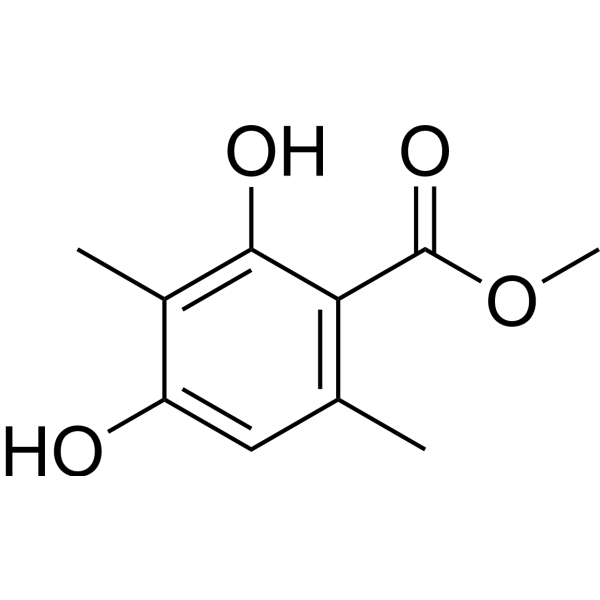Endocrinology and Hormones
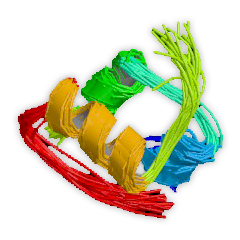
Endocrinology and Hormones
The endocrine system is an information signaling system that coordinates most bodily functions. It senses environmental changes and secretes corresponding hormones to coordinate metabolism, maintain homeostasis, and regulate growth and development.read more
Targets for Endocrinology and Hormones
- 5-alpha Reductase(8)
- Smoothened Receptors(3)
- Androgen Receptor(137)
- Aromatase(13)
- CRTH2(2)
- Estrogen/progestogen Receptor(147)
- GnRH(26)
- Opioid Receptor(175)
- RAAS(8)
- Thyroid hormone Receptor(59)
- TRH(2)
- ROR/RAR/RXR(94)
- FXR & LXR(69)
- Glucocorticoids & Mineralocorticoids(49)
- GPR(1)
Products for Endocrinology and Hormones
- Cat.No. Product Name Information
-
GC49326
5β-Dihydroprogesterone
A progesterone receptor agonist and metabolite of progesterone

-
GC49176
5β-Tetrahydrocortisol
An endogenous metabolite of cortisol

-
GC46075
5,6-dimethyl-2-Thiouracil
A heterocyclic building block

-
GC49827
5-Androstenetriol
An active metabolite of DHEA

-
GC15774
5α-dihydro-11-keto Testosterone
5α-dihydro-11-keto Testosterone (11-KDHT; 5α-Dihydro-11-keto testosterone) is an endogenous steroid and a metabolite of 11β-Hydroxyandrostenedione.
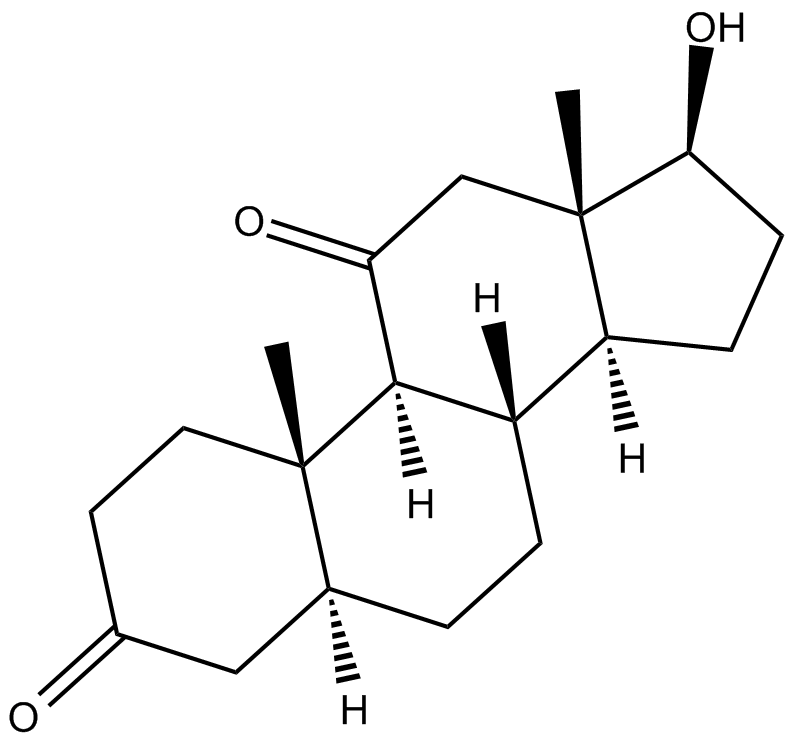
-
GC49676
6β-hydroxy Budesonide
A metabolite of budesonide
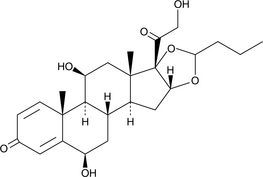
-
GC45969
6β-hydroxy Eplerenone
A major metabolite of eplerenone

-
GC49629
6β-hydroxy Prednisolone
A metabolite of prednisolone

-
GC18632
6-hydroxy Bexarotene
6-hydroxy Bexarotene is an oxidative metabolite of bexarotene , a high-affinity ligand for retinoid X receptors (RXRs).
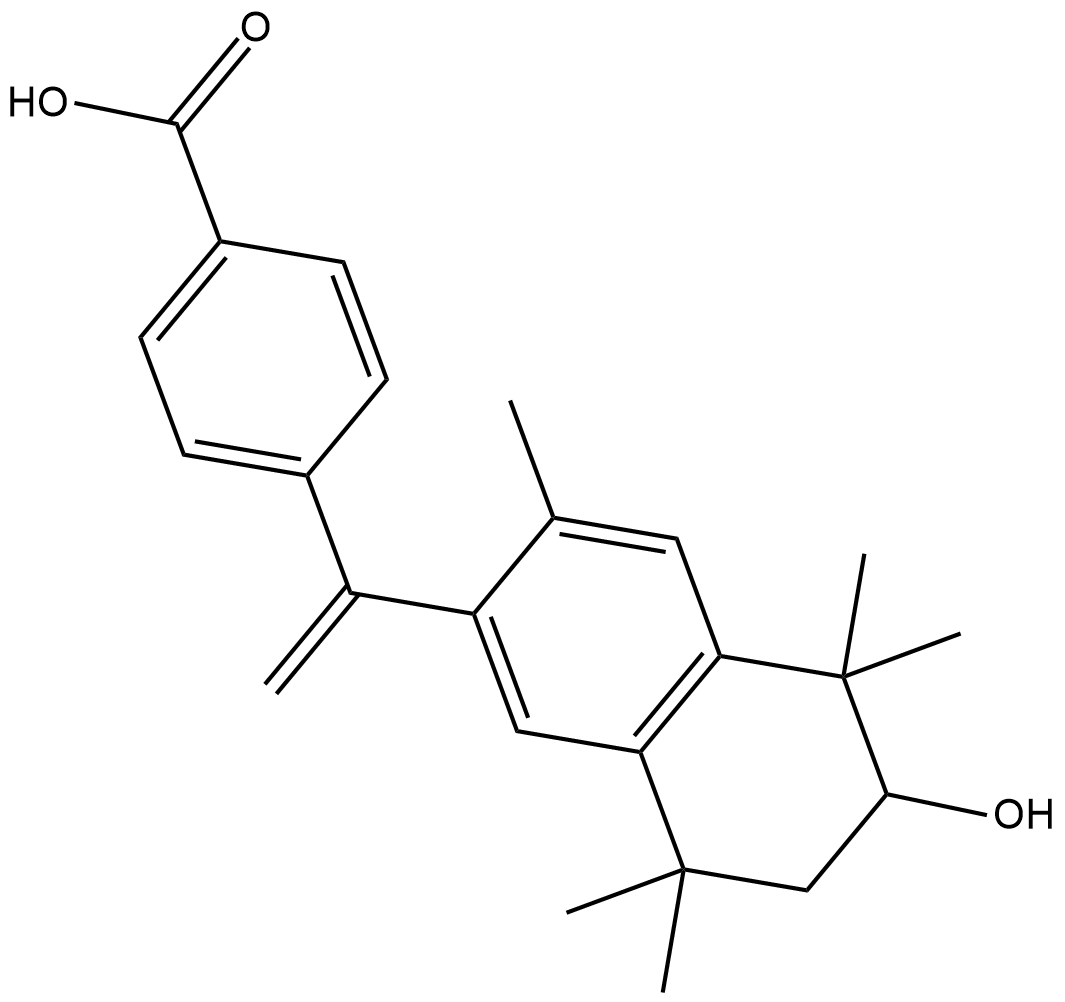
-
GC18335
6β-hydroxy Dexamethasone
6β-hydroxy Dexamethasone is a metabolite of dexamethasone that is more hydrophilic than the parent compound.
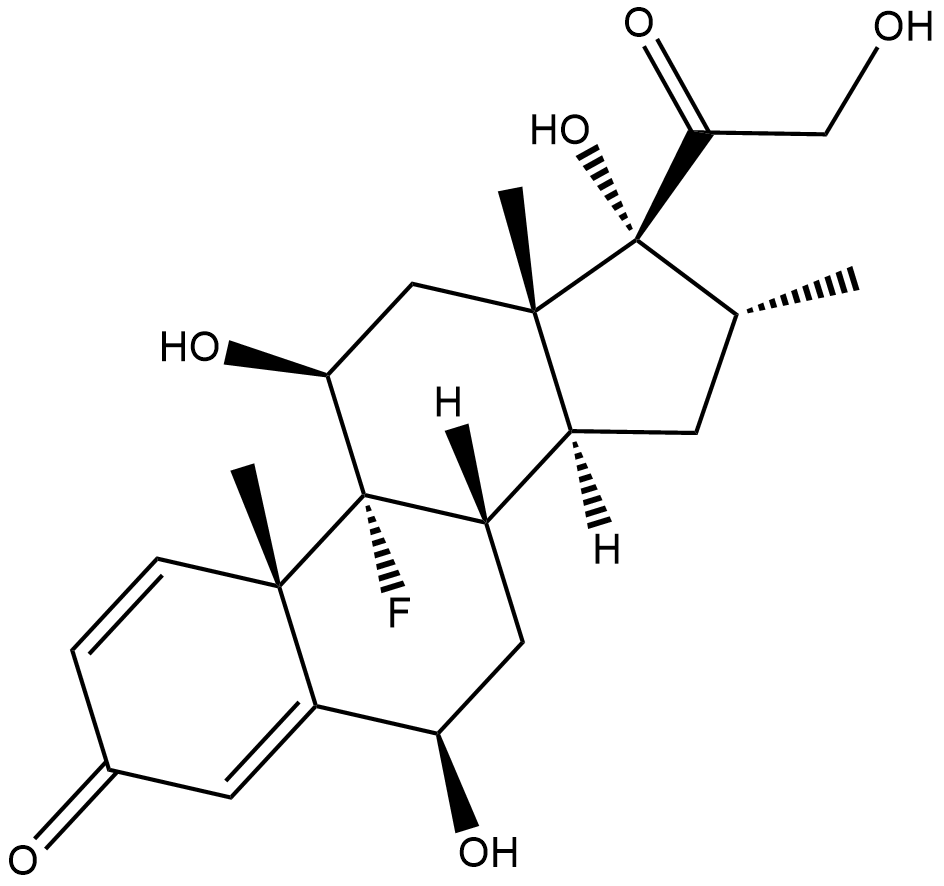
-
GC49206
7α-hydroxy Dehydroepiandrosterone
An active metabolite of dehydroepiandrosterone

-
GC49391
7α-Thiospironolactone
An active metabolite of spironolactone

-
GC46740
7β,27-dihydroxy Cholesterol
An oxysterol and agonist of RORγ and RORγt

-
GC63764
7-α-Methylthio Spironolactone-D3
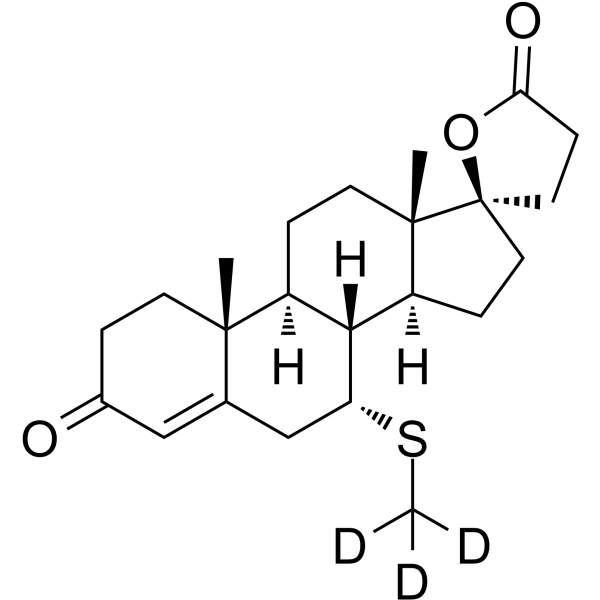
-
GC48649
7-hydroxy Chlorpromazine (hydrochloride)
An active metabolite of chlorpromazine

-
GC48880
7-Methoxyflavone
A flavone with diverse biological activities

-
GC17119
8-Prenylnaringenin
estrogen receptor inhibitor
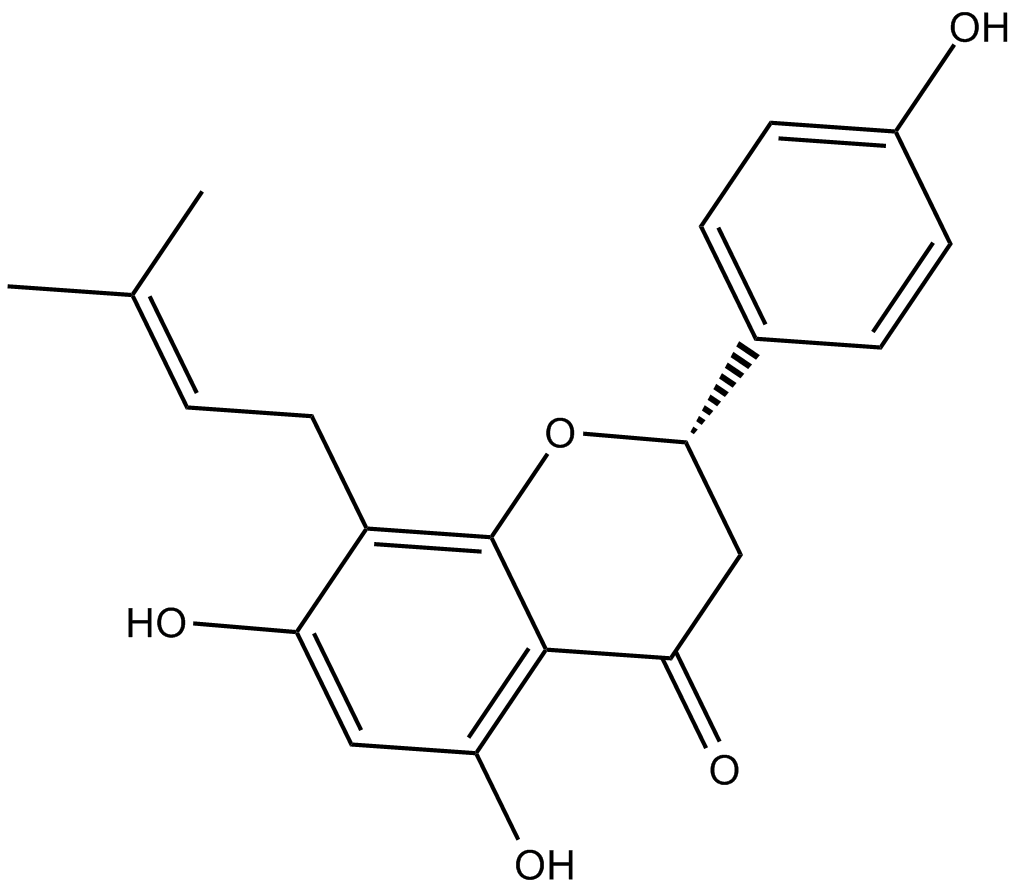
-
GC40464
9(R)-HETE
9(R)-HETE is an enantiomer which makes up 50% of (±)9-HETE.

-
GC40465
9(S)-HETE
9(S)-HETE is an enantiomer which makes up 50% of (±)9-HETE.

-
GC14596
9-cis-Retinoic Acid
9-cis-Retinoic acid (ALRT1057), a vitamin A derivative, is a potent RAR/RXR agonist.
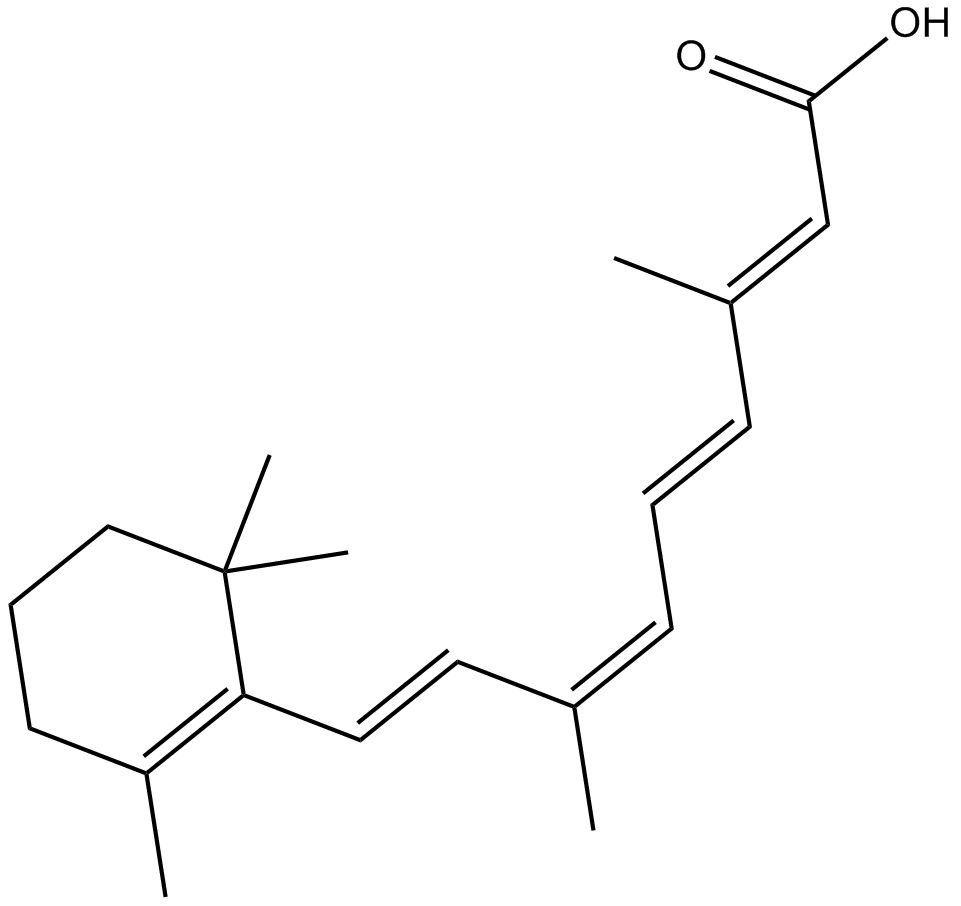
-
GP10060
a-MSH, amide
a-MSH (α-Melanocyte-Stimulating Hormone), amide engages the melanocortin-1 receptor and activates cyclic AMP (cAMP) signaling via a G-protein transporter, can synthesize melanin.
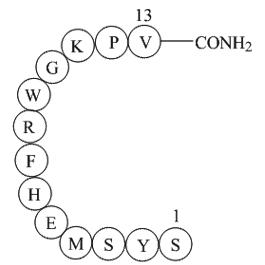
-
GC46768
Abaloparatide (acetate)
A synthetic derivative of PTHrP and an agonist of PTHR1

-
GC38581
Abaloparatide TFA
Abaloparatide TFA (BA 058 TFA) is a parathyroid hormone receptor 1 (PTHR1) analogue selected to be a potent and selective activator of the PTHR1 signaling pathway.
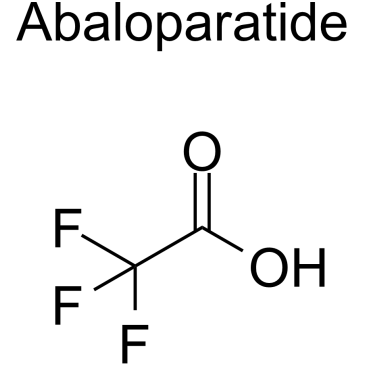
-
GC45778
Abarelix (acetate)
A synthetic GnRHR antagonist

-
GC32843
Abarelix (R3827)
Abarelix (R3827) (R3827; PPI 149) is a potent gonadotrophin-releasing hormone (GnRH) antagonist, used for prostate cancer treatment.
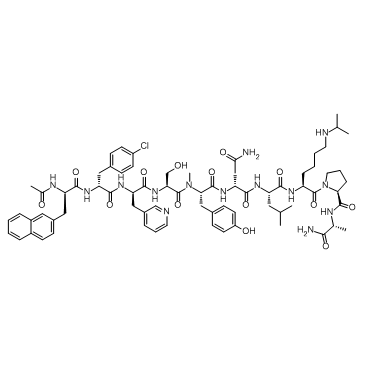
-
GC35217
Abarelix Acetate
Abarelix Acetate (PPI 149 Acetate; R 3827 Acetate) is a potent gonadotrophin-releasing hormone (GnRH) antagonist, used for prostate cancer research.
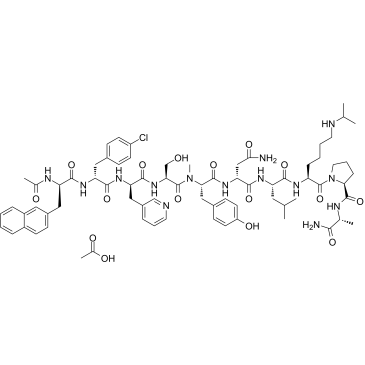
-
GC50091
AC 186
Potent and selective ERβ agonist; neuroprotective
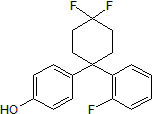
-
GC11852
AC 261066
Potent RARβ2 agonist
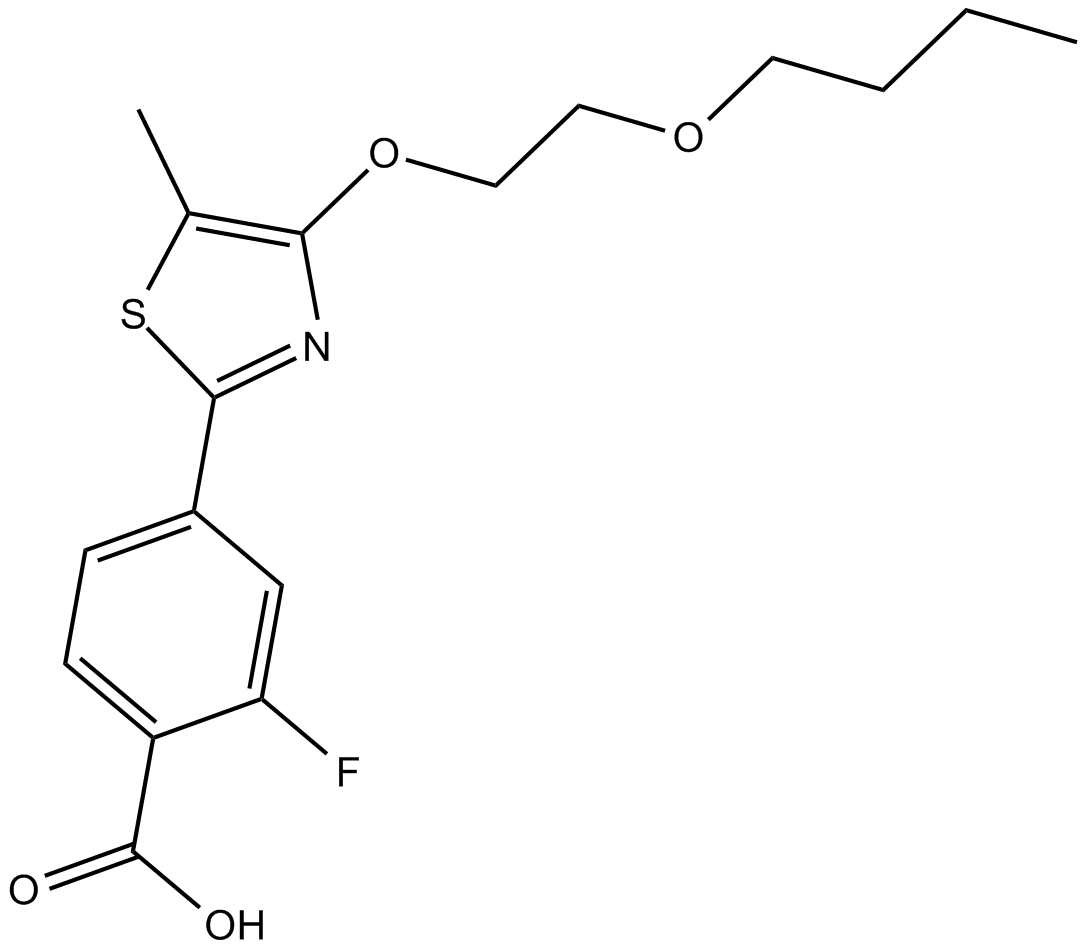
-
GC10871
AC 55649
RARβ2 agonist, potent and selective
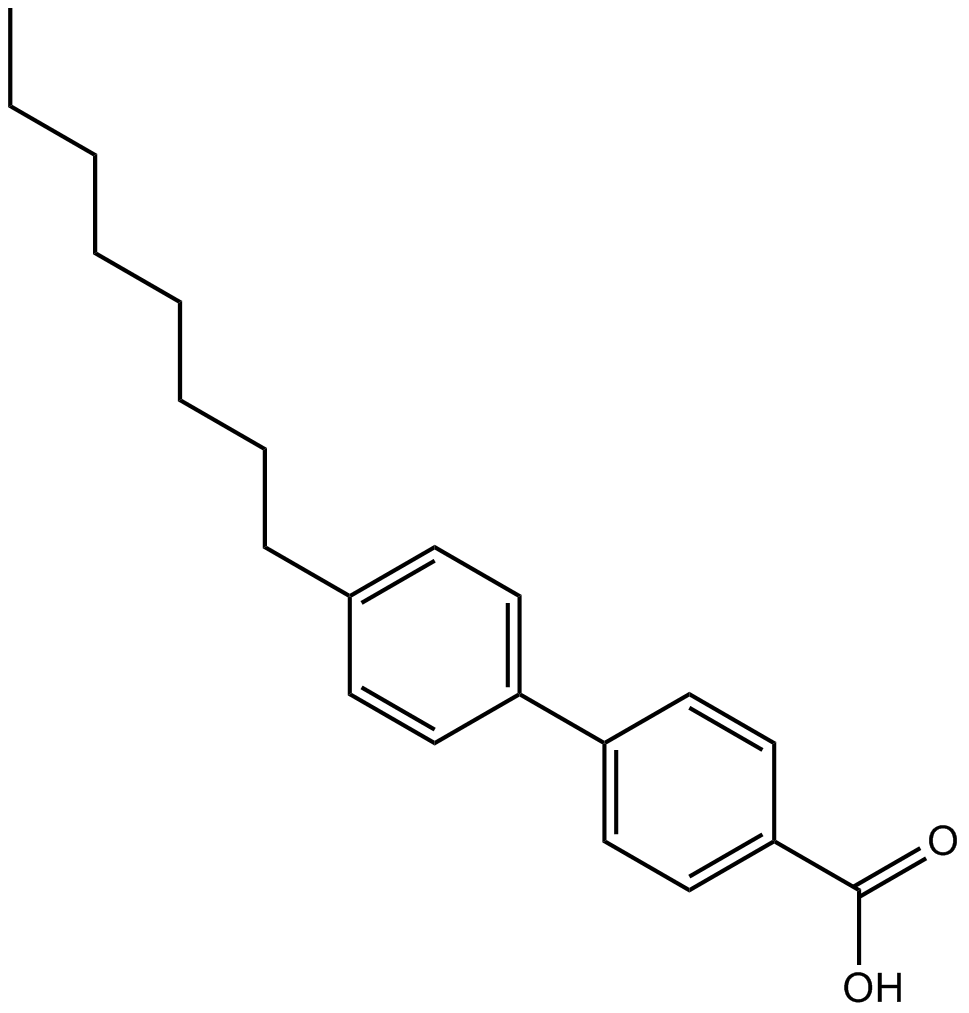
-
GC46777
AC-262536
A selective androgen receptor modulator

-
GP10059
Acetyl Angiotensinogen (1-14), porcine
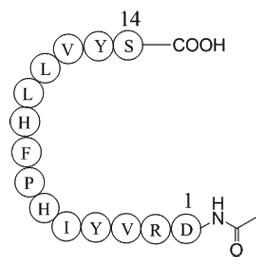
-
GC17059
Acetyl Podocarpic Acid Anhydride
LXR agonist
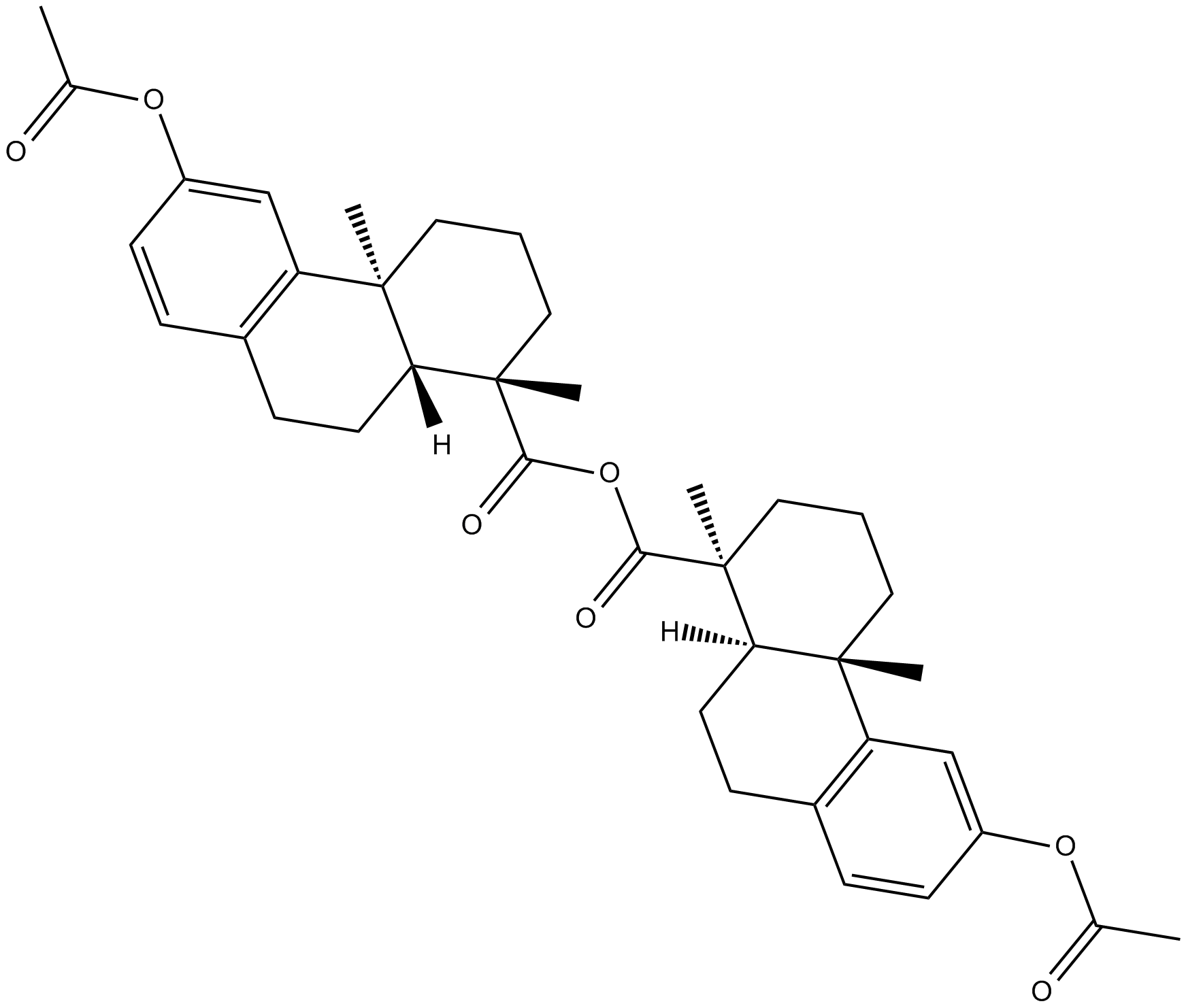
-
GC64147
Acetyl tetrapeptide-15
Acetyl tetrapeptide-15 is a synthetic peptide used in the cosmetics for sensitive skin.
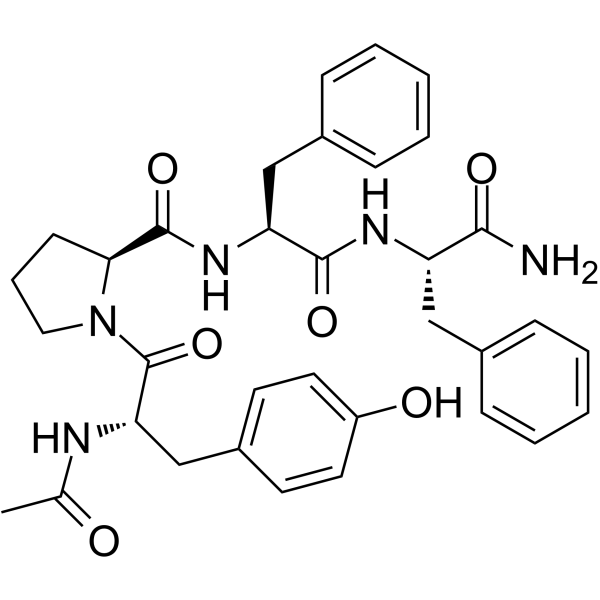
-
GC17094
Acitretin
Metabolite of etretinate
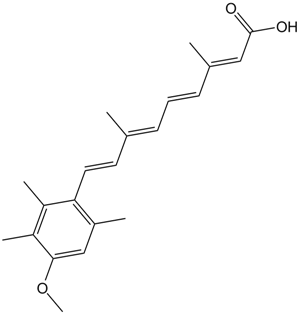
-
GC17113
Acitretin sodium
Second-generation, systemic retinoid
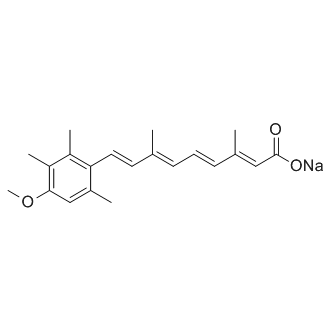
-
GC31738
ACP-105
ACP-105 is an orally available, selective amd potent androgen receptor modulator (SARM), with pEC50s of 9.0 and 9.3 for AR wild type and T877A mutant, respectively.
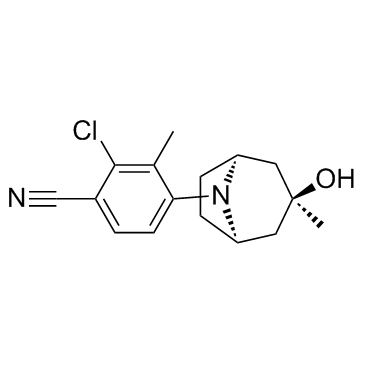
-
GC31530
ACTH 4-11 (Adrenocorticotropic Hormone (4-11), human)
ACTH 4-11 (Adrenocorticotropic Hormone (4-11), human), an adrenocorticotropin hormone fragment, possesses a weak α-melanocyte stimulating hormone (α-MSH) potency only at high doses (100 and 1000 nM).
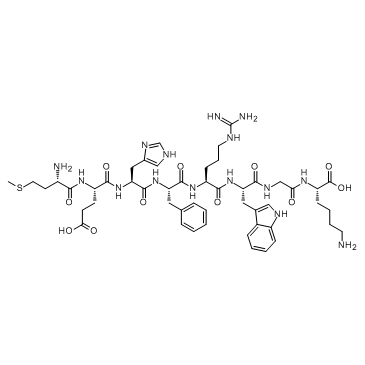
-
GC10610
Adapalene
RARβ and RARγ agonist
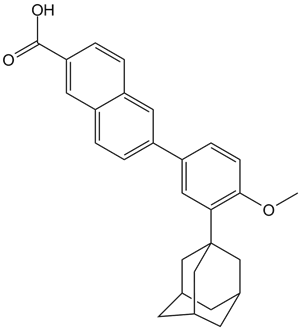
-
GC14379
Adapalene sodium salt
Retinoic acid receptor agonist
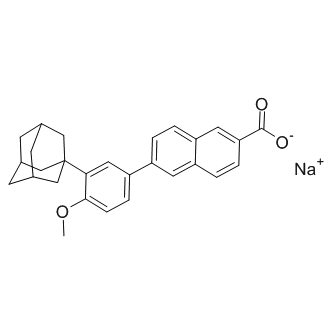
-
GC46798
Adapalene-d3
An internal standard for the quantification of adapalene

-
GC13959
Adarotene
An atypical retinoid
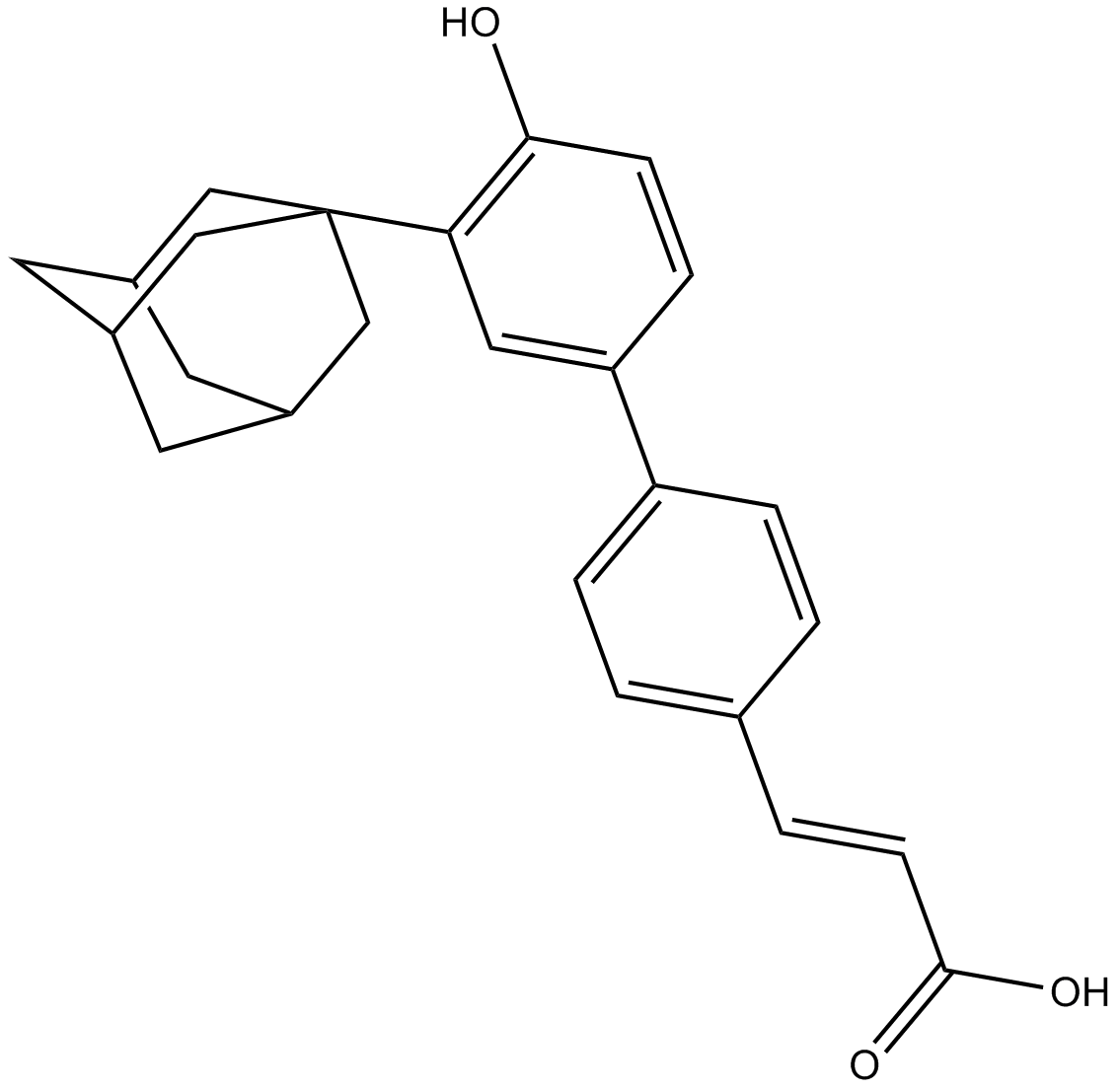
-
GC11829
ADL5859 HCl
ADL5859 HCl (compound 20) is a selective and orally active δ opioid receptor (DOR) agonist with an Ki and an EC50 value of 0.84 and 20 nM, respectively.
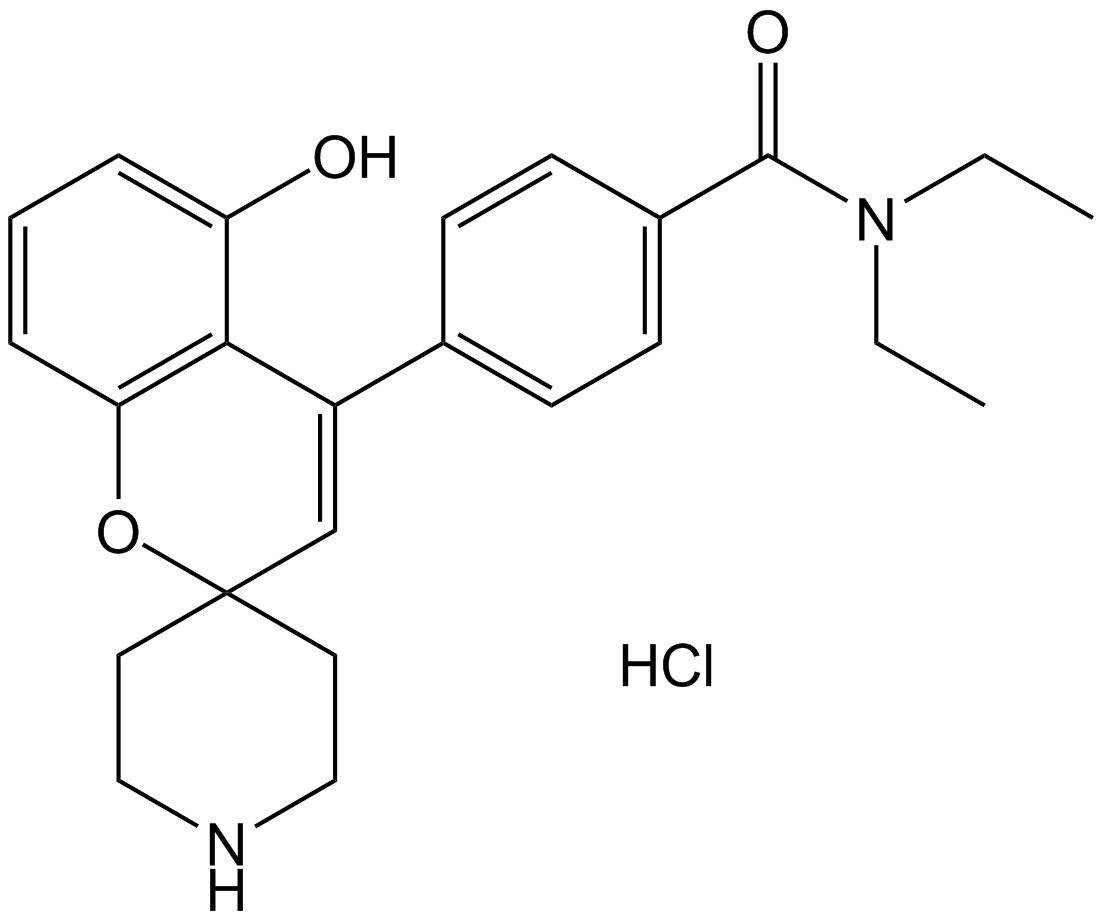
-
GC67703
Adrenocorticotropic hormone TFA
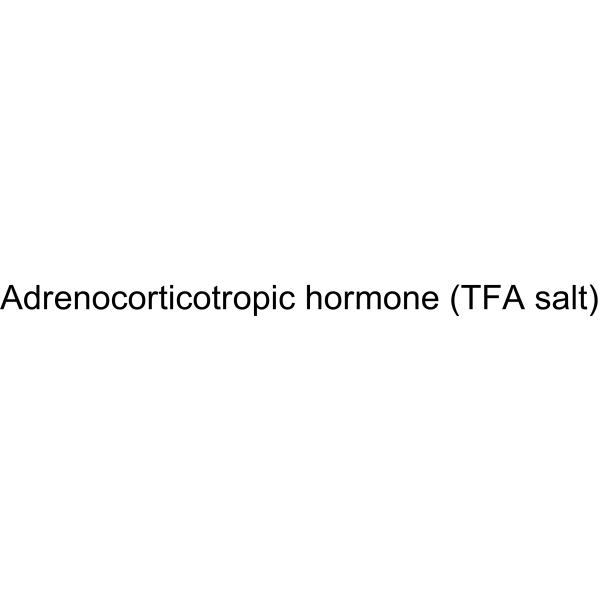
-
GC42741
Adrenomedullin (22-52) (human) (trifluoroacetate salt)
Adrenomedullin (22-52) is a C-terminal fragment of adrenomedullin (1-52).

-
GP10109
Adrenorphin
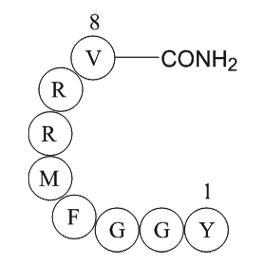
-
GC32817
AGN 193109
AGN 193109 is a retinoid analog, and acts as a specific and highly effective antagonist of retinoic acid receptors (RARs), with Kds of 2 nM, 2 nM, and 3 nM for RARα, RARβ, and RARγ, respectively.
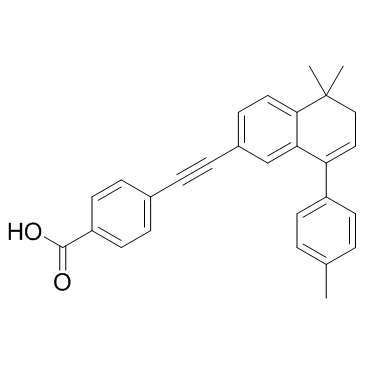
-
GC33315
AGN 194078
AGN 194078 is a selective RARα agonist with a Kd and EC50 of 3 and 112 nM, respectively.
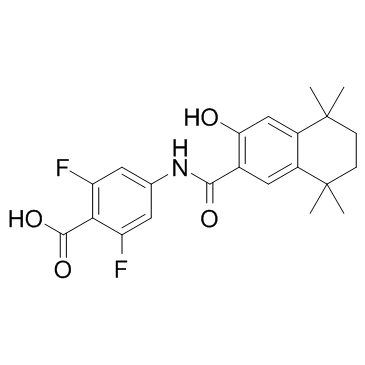
-
GC12598
AGN 194310
pan-RAR antagonist
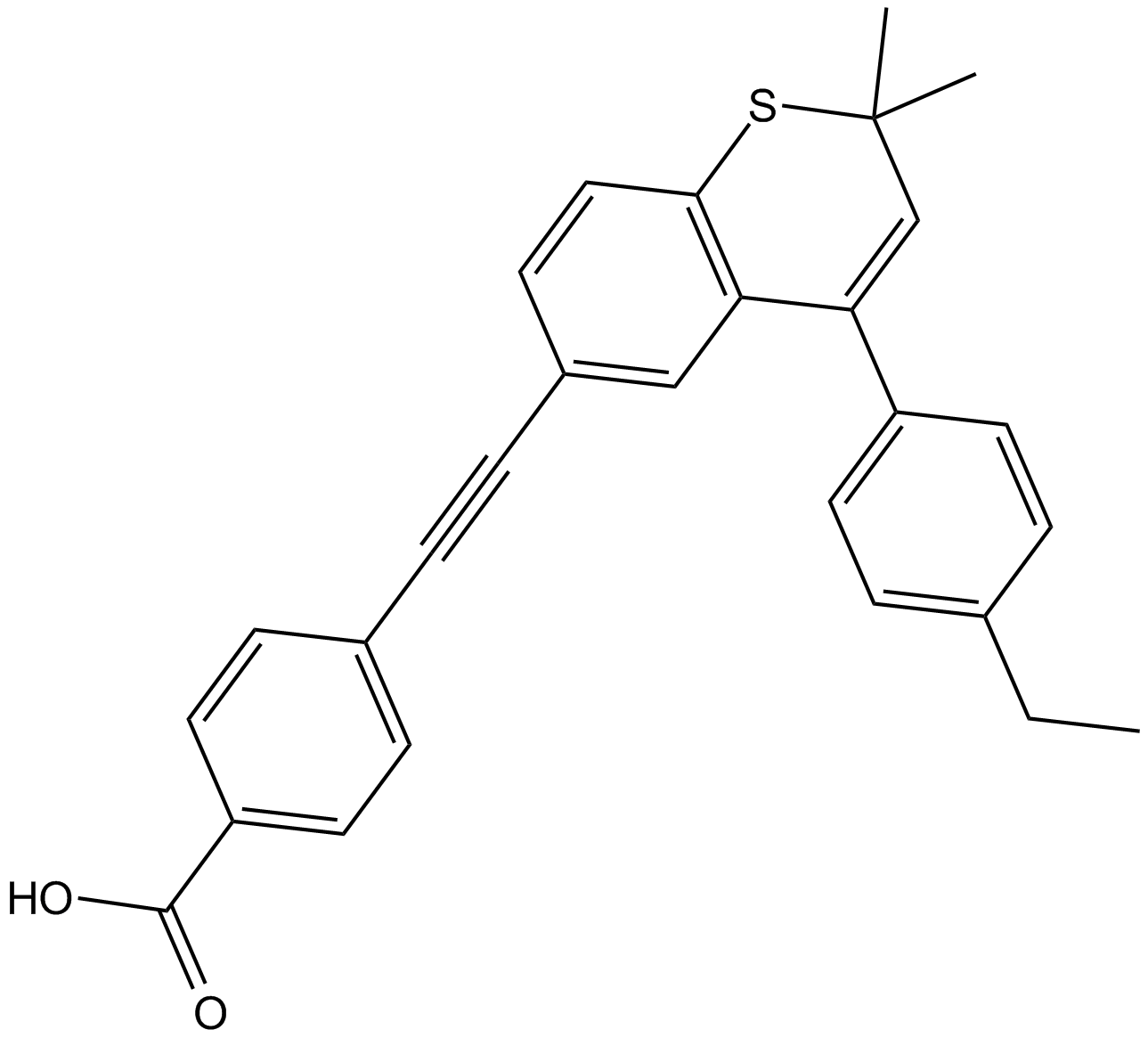
-
GC35265
AGN 195183
AGN 195183 (IRX-5183) is a potent and selective agonist of RARα (Kd=3 nM) with improved binding selectivity relative to AGN 193836. AGN 195183 has no activity on RARβ/γ.
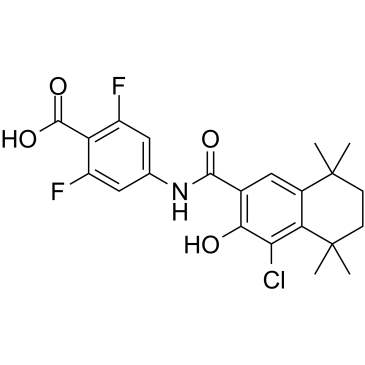
-
GC35266
AGN 196996
AGN 196996 is a potent and selective RARα antagonist with Ki value of 2 nM; little binding affinity for RARβ(Ki=1087 nM) and RARγ(Ki=8523 nM).
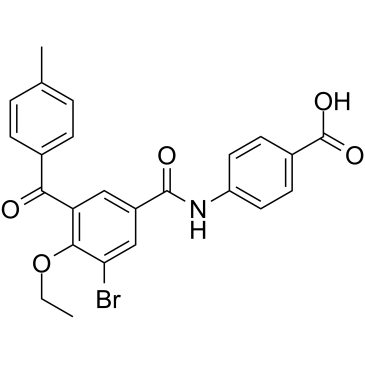
-
GC35267
AGN 205327
AGN 205327 is a potent synthetic RARs agonist with EC50 of 3766/734/32 nM for RARα/β/γ respectively; no inhibition on RXR.
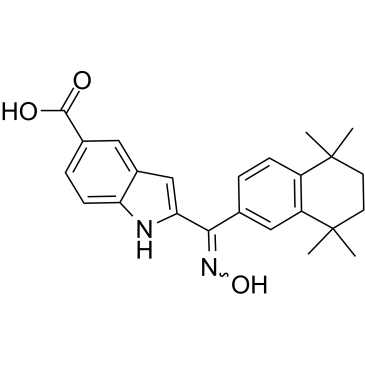
-
GC35268
AGN 205728
AGN 205728 is a potent and selective RARγ antagonist with Ki/IC95 values of 3 nM/ 0.6 nM; no inhibiton on RARα and RARβ.
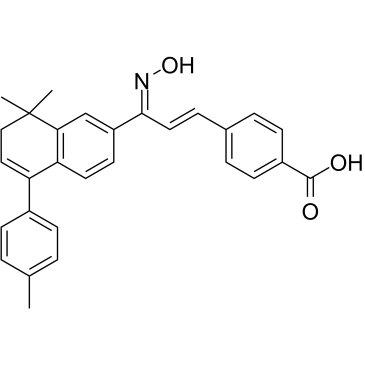
-
GC39584
AGN194204
AGN194204 (IRX4204) is an orally active and selective RXR agonist with Kd values 0.4 nM, 3.6 nM and 3.8 nM and EC50s of 0.2 nM, 0.8 nM and 0.08 nM for RXRα, RXRβ and RXRγ, respectively.
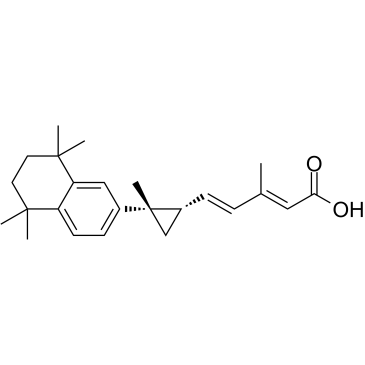
-
GC31742
Ailanthone (δ13-Dehydrochaparrinone)
Ailanthone (δ13-Dehydrochaparrinone) (δ13-Dehydrochaparrinone) is a potent inhibitor of both full-length androgen receptor (AR) (IC50=69nM) and constitutively active truncated AR splice variants (AR1-651 IC50=309nM).
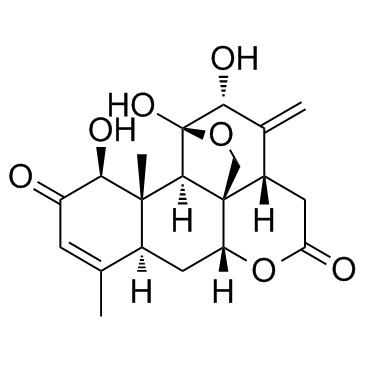
-
GC12374
Alarelin Acetate
A peptide agonist of GnRH
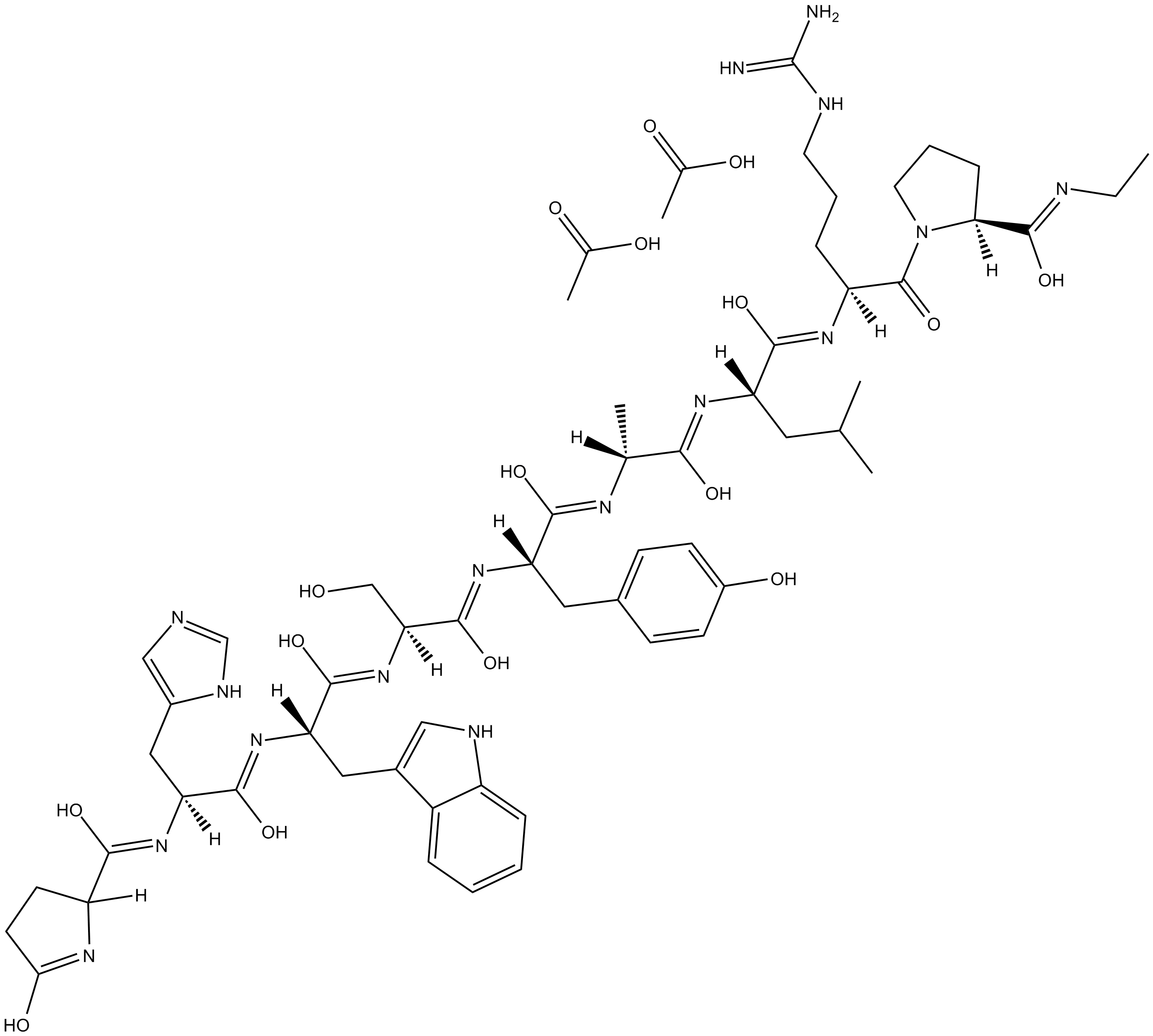
-
GC46827
Aldosterone 21-sulfate (sodium salt)
A metabolite of aldosterone

-
GC14511
all-trans Retinal
converted to retinoic acid in vivo
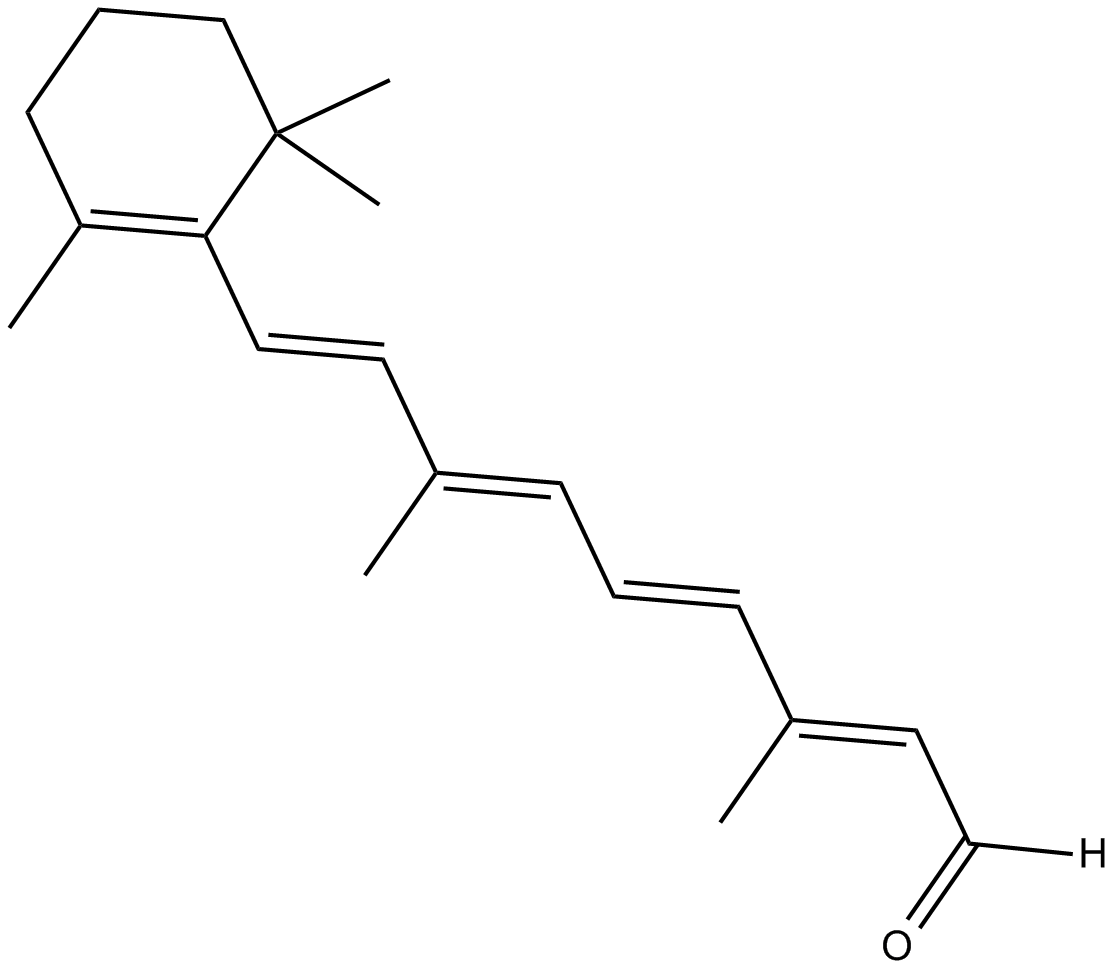
-
GC42769
all-trans Retinoyl β-D-Glucuronide
all-trans Retinoyl β-D-glucuronide is a metabolite of all-trans retinoic acid formed by the UDP-glucuronosyltransferase (UGT) system.

-
GC49393
all-trans-13,14-Dihydroretinol
A metabolite of all-trans retinoic acid

-
GC18482
all-trans-5,6-epoxy Retinoic Acid
all-trans-5,6-epoxy Retinoic acid (5,6-epoxy RA) is an agonist of all isoforms of the retinoic acid receptor (RAR; EC50s = 77, 35, and 4 nM for RARα, RARβ, and RARγ, respectively).
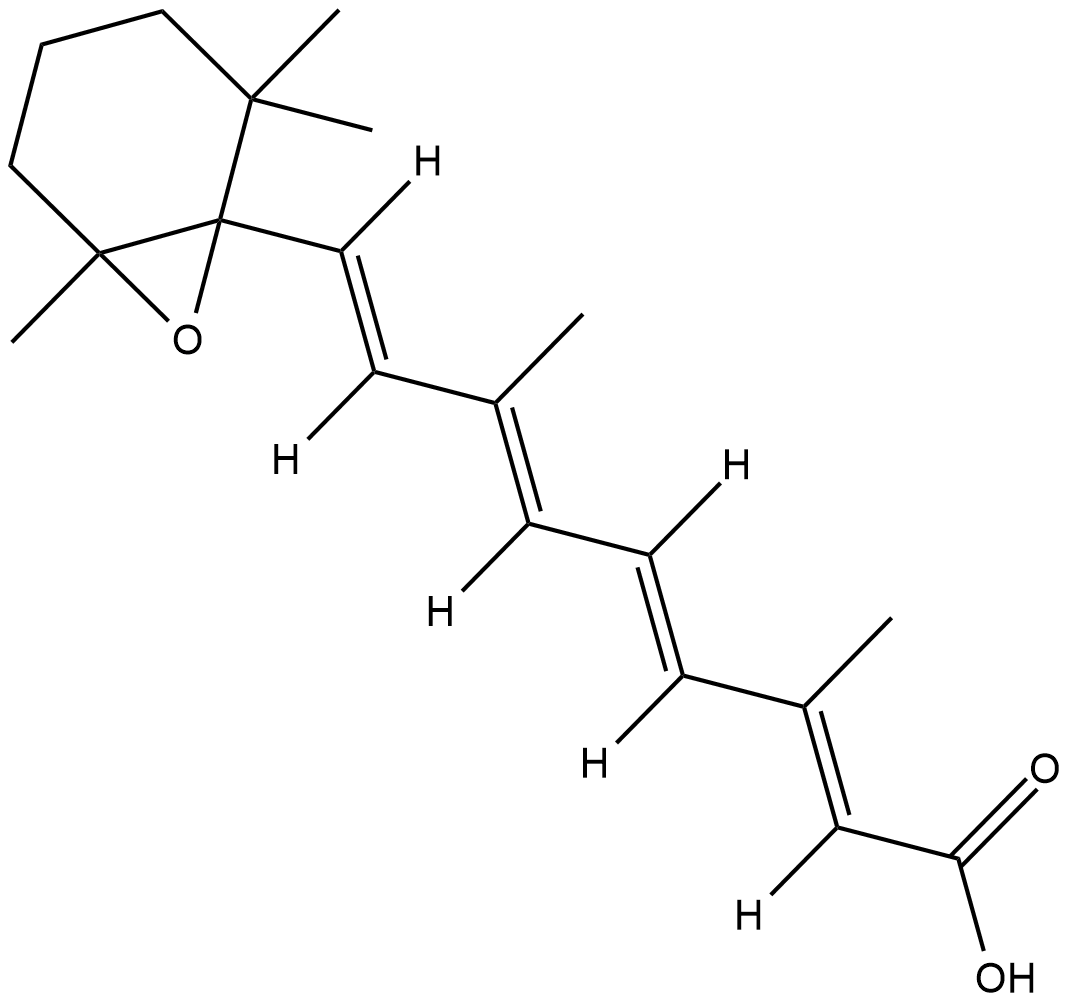
-
GC40024
Altenusin
Altenusin is a polyphenol fungal metabolite originally isolated from the fungus Alternaria that has diverse biological activities.

-
GC13297
Altrenogest
Progestogen receptor agonist
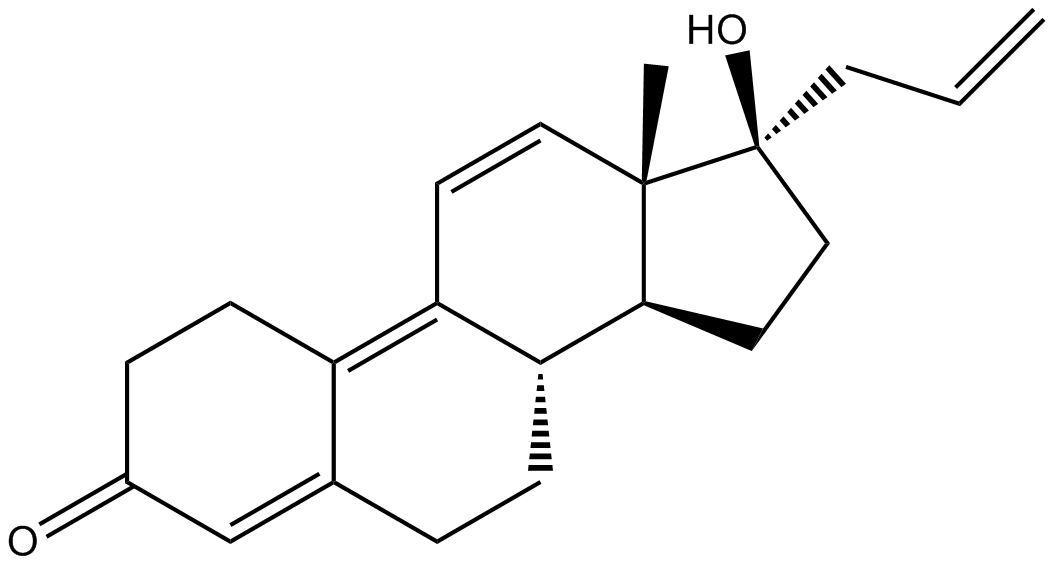
-
GC17623
Alvimopan
A μ-opioid receptor antagonist
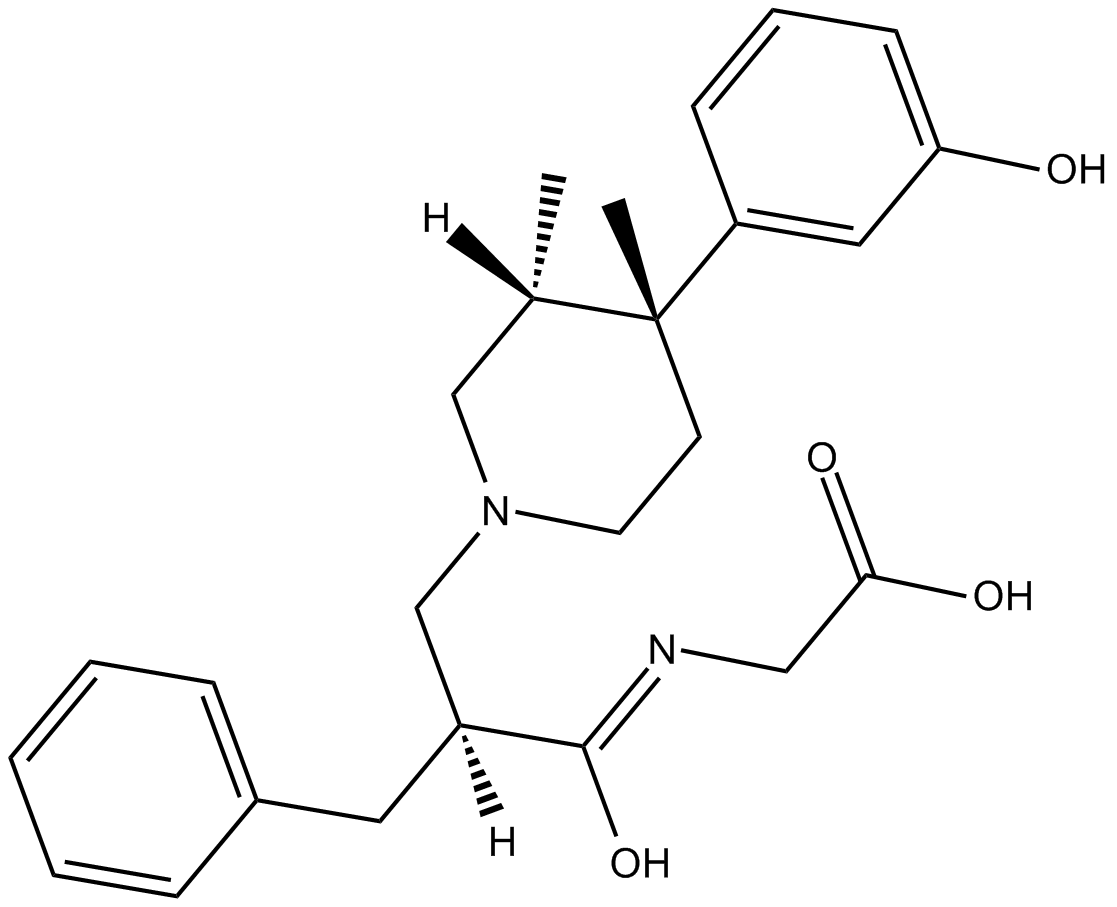
-
GC12619
Alvimopan dihydrate
A μ-opioid receptor antagonist
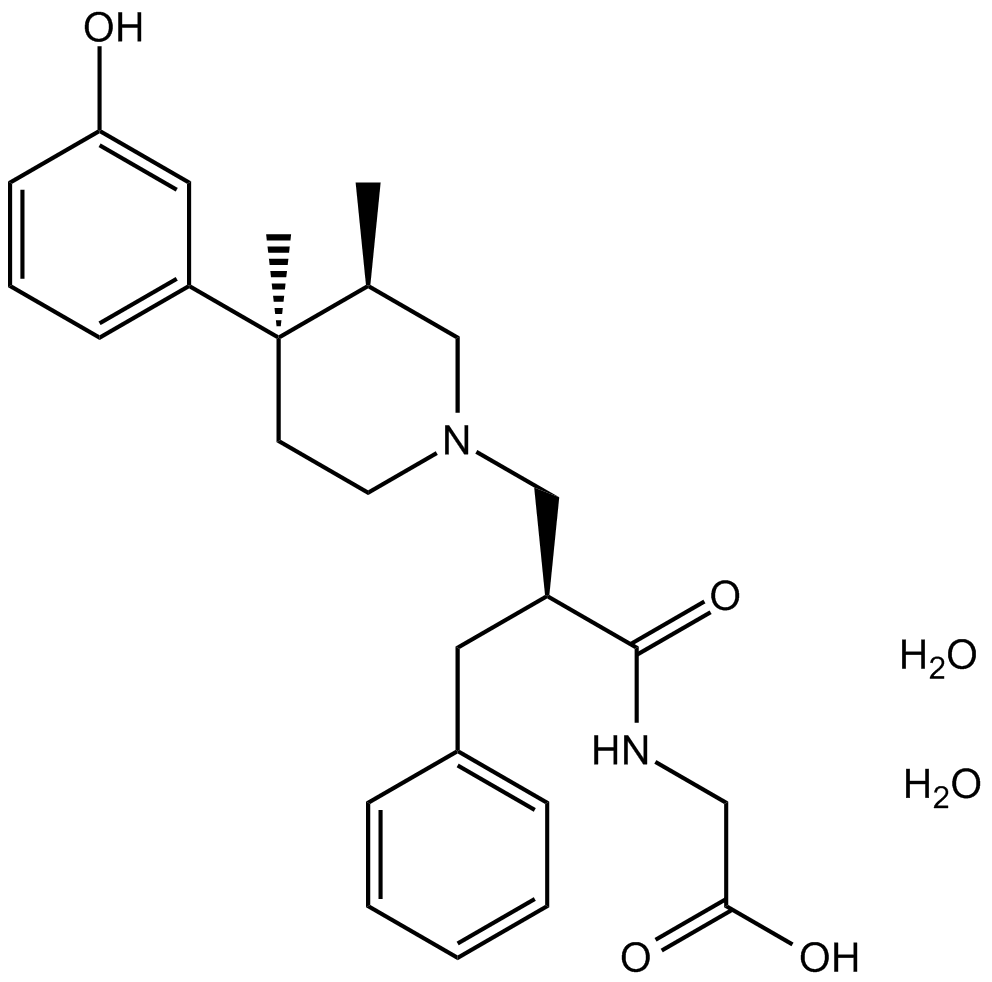
-
GC35311
Alvimopan monohydrate
Alvimopan monohydrate (ADL 8-2698 monohydrate) is a potent, selective, orally active and reversible μ-opioid receptor antagonist, with an IC50 of 1.7 nM.
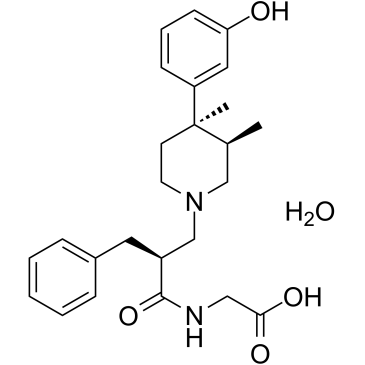
-
GC13664
AM580
Selective RARα agonist
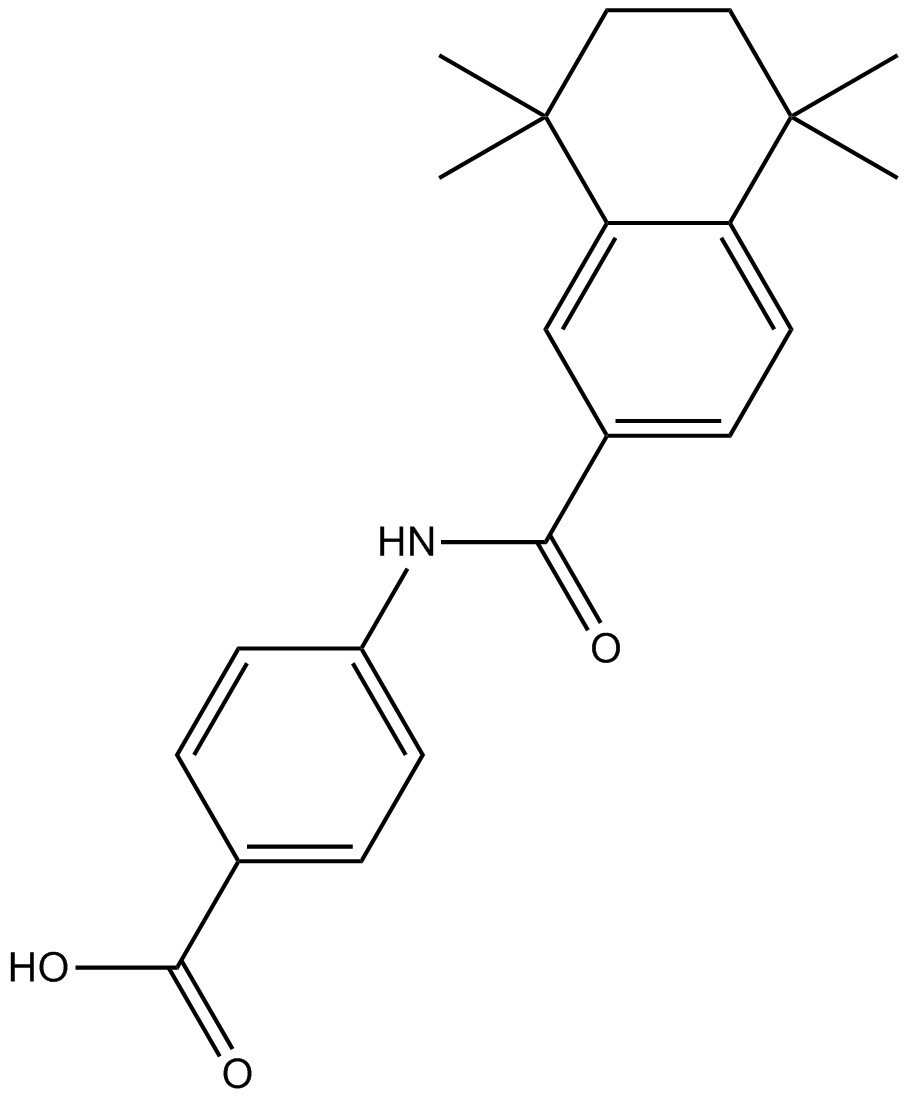
-
GC16433
Aminoglutethimide
Aromatase inhibitor
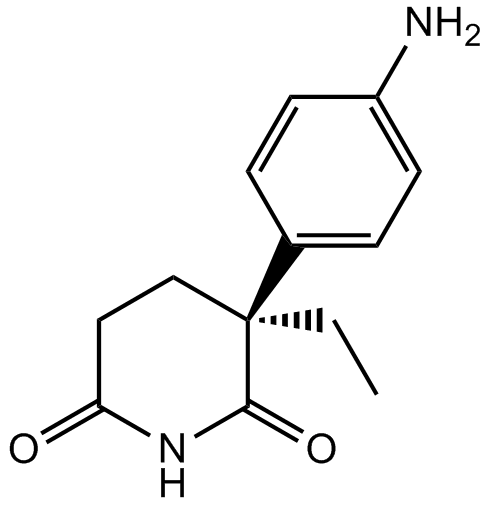
-
GC63932
Amsilarotene
Amsilarotene (TAC-101; Am 555S), an orally active synthetic retinoid, has selective affinity for retinoic acid receptor α (RAR-α) binding with Ki of 2.4, 400 nM for RAR-α and RAR-β. Amsilarotene induces the apoptotic of human gastric cancer, hepatocellular carcinoma and ovarian carcinoma cells. Amsilarotene can be used for the research of cancer.
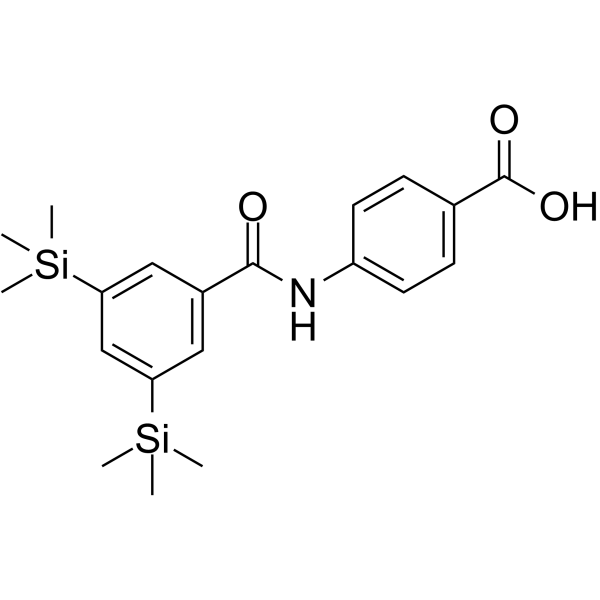
-
GC10256
Anastrozole
Aromatase inhibitor
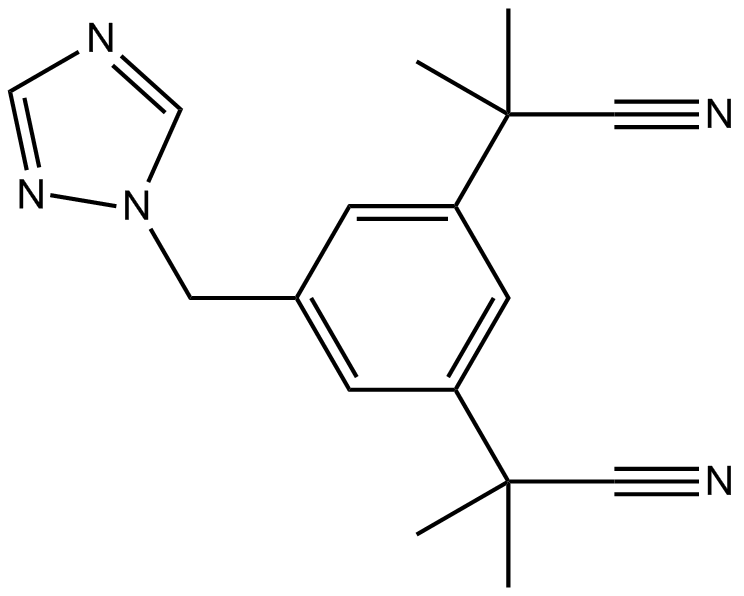
-
GC46854
Anastrozole-d12
An internal standard for the quantification of anastrozole

-
GC13685
Andarine
Andarine (S-4) is an orally active and selective nonsteroidal androgen receptor (AR) modulator (SARM) and a partial agonist, with Ki of 4 nM. Andarine (S-4) is identified as SARMs with potent and tissue-selective in vivo pharmacological activity.
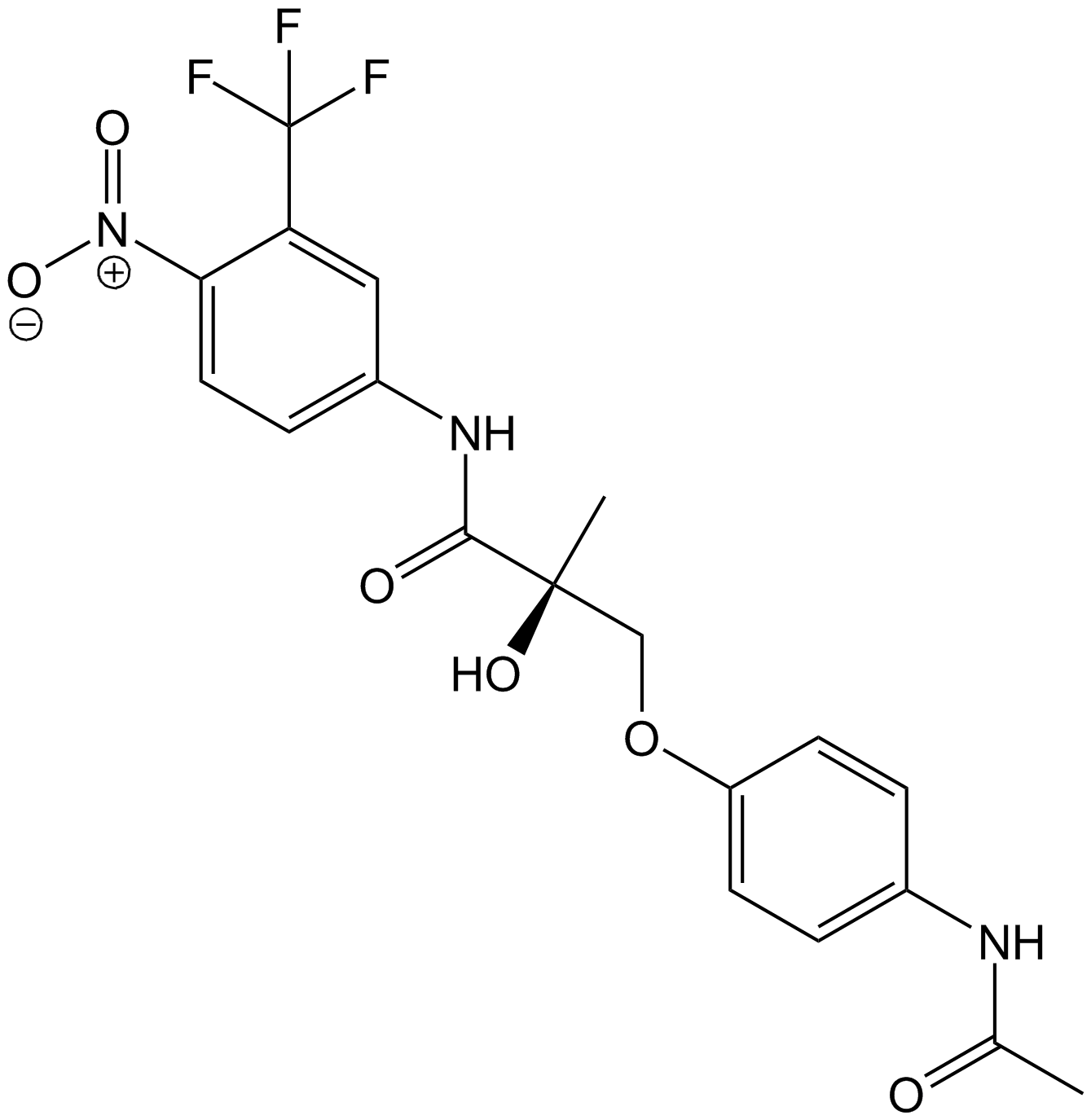
-
GC67698
Androgen receptor-IN-2
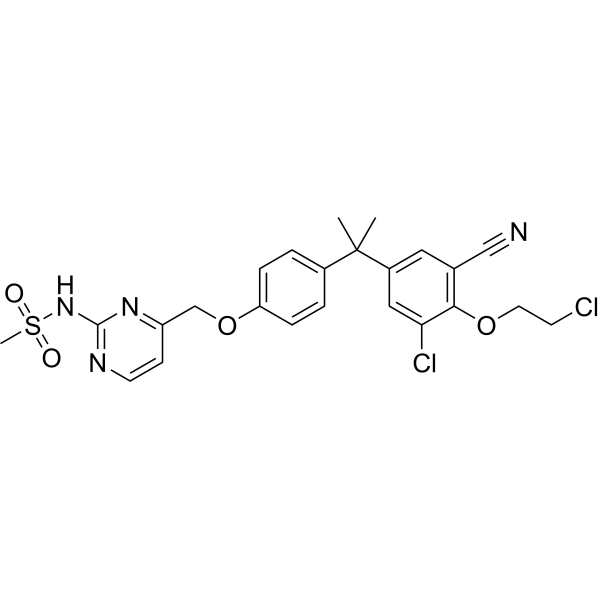
-
GC31254
Androst-4-ene-3,17-diol, dipropanoate, (3β,17β)- (Androst-4-ene-3β,17β-diol, dipropionate)
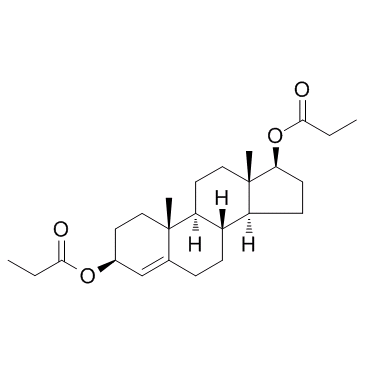
-
GC34887
Androstanolone acetate
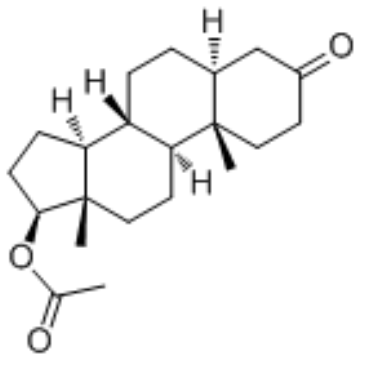
-
GC30842
Androsterone (5α-Androstan-3α-ol-17-one)
An androgenic steroid
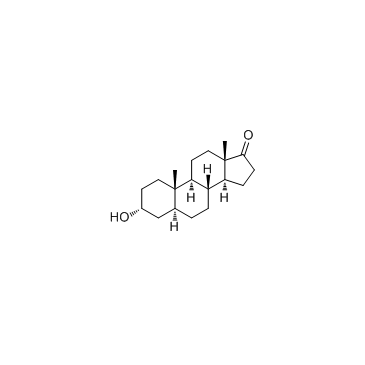
-
GP10074
Angiotensin 1/2 (1-5)
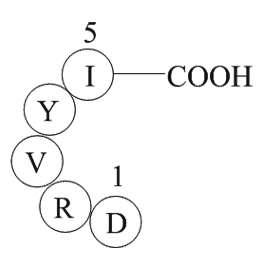
-
GP10067
Angiotensin 1/2 (1-6)
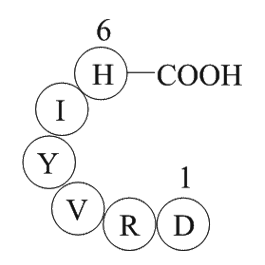
-
GP10144
Angiotensin 1/2 (1-7) amide
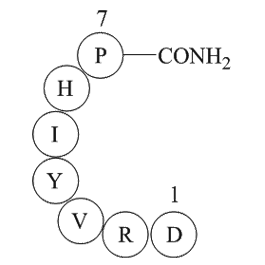
-
GP10012
Angiotensin 1/2 (1-8) amide
Vasoconstrictor
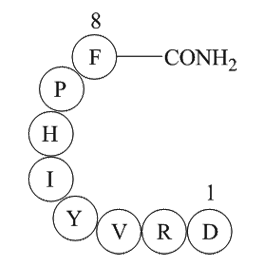
-
GP10025
Angiotensin 1/2 (1-9)
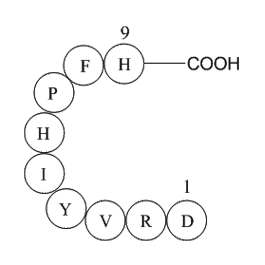
-
GP10045
Angiotensin 1/2 (2-7)
Vasoconstrictor
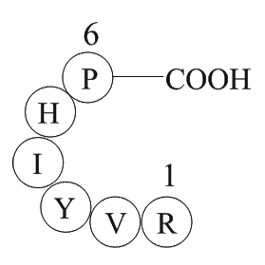
-
GP10079
Angiotensin 1/2 (5-7)

-
GP10120
Angiotensin 1/2 + A (2 - 8)
Vasoconstrictor
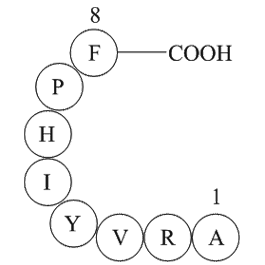
-
GC52415
Angiotensin A (trifluoroacetate salt)
An AT1 and AT2 receptor agonist and active metabolite of angiotensin II

-
GP10087
Angiotensin I (human, mouse, rat)
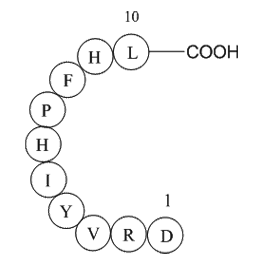
-
GC46856
Angiotensin II (5-8) (human, rat, mouse) (trifluoroacetate salt)
An endogenous angiotensin II fragment

-
GC42815
Ansatrienin A
Ansatrienin A is an ansamycin antibiotic and antifungal agent first isolated from S.

-
GC46859
Antide (acetate)
A GnRHR antagonist

-
GC60589
Apalutamide D4
Apalutamide D4 (ARN-509 D4) is a deuterium labeled Apalutamide. Apalutamide is a potent and competitive androgen receptor (AR) antagonist, binding AR with an IC50 of 16 nM.
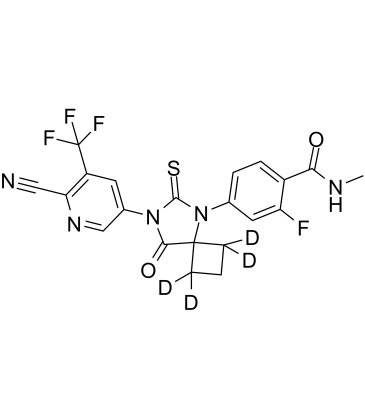
-
GC12219
AR-M 1000390 hydrochloride
Delta-opioid receptor agonist,low-internalizing
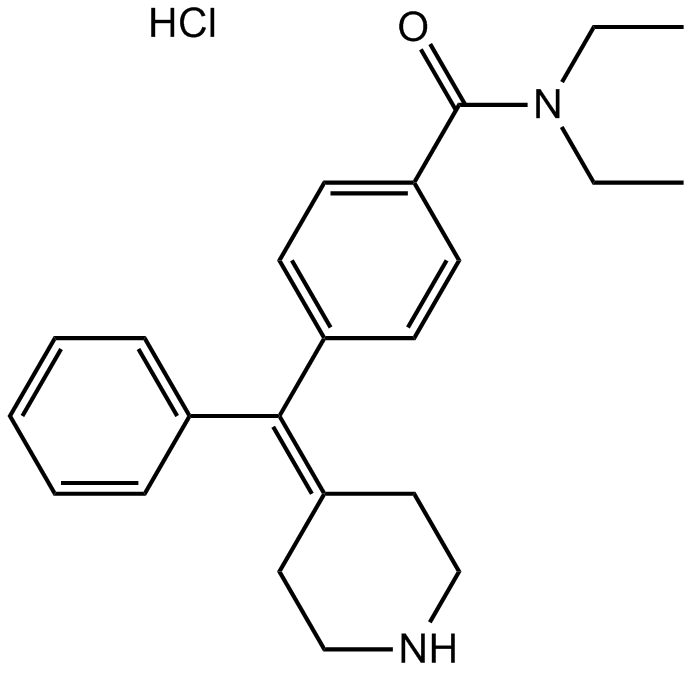
-
GC64540
Ar-V7-IN-1
Ar-V7-IN-1 is a potent inhibitor of Ar-V7. AR-V7 is a hormone-independent splice variant of the androgen receptor. Ar-V7-IN-1 has the potential for the research of various indications, in particular cancers such as prostate cancer (extracted from patent WO2018114781A1, compound 43).
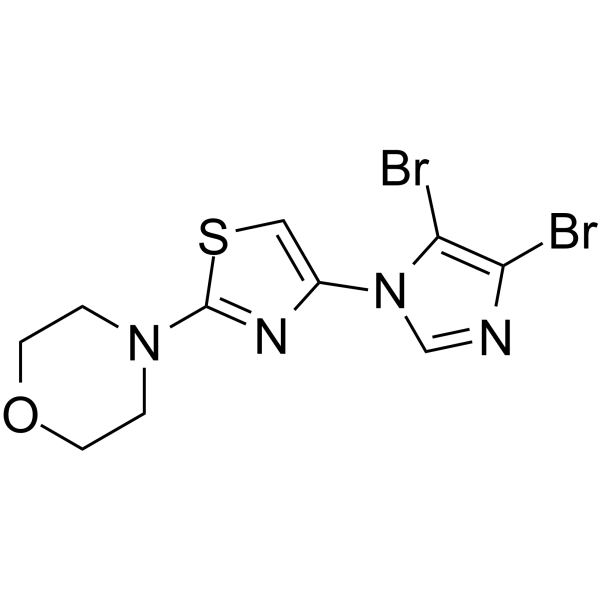
-
GC19035
AR7
A retinoic acid receptor α (RARα) antagonist
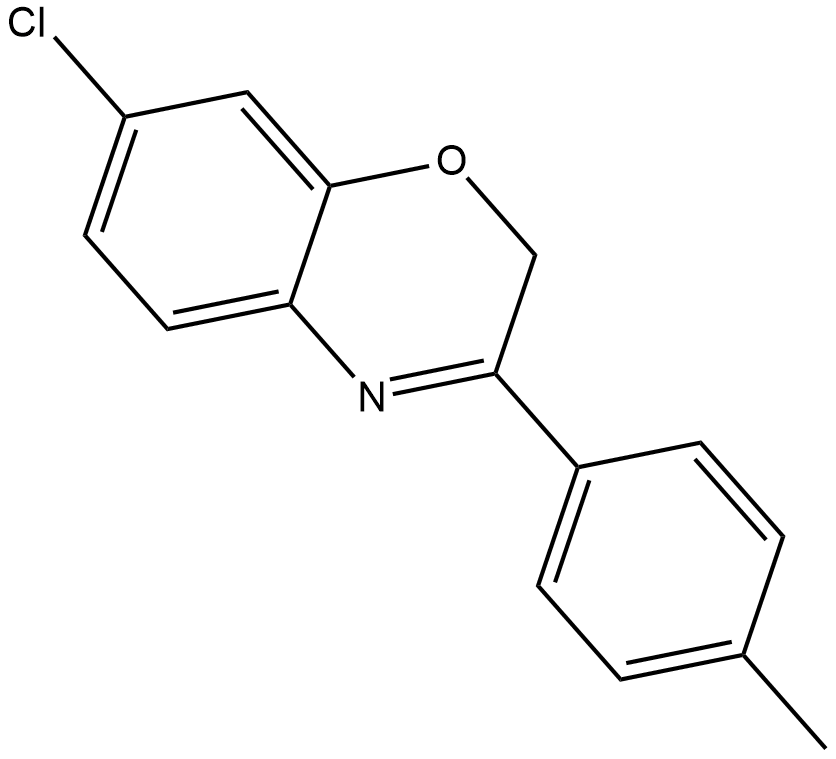
-
GC42852
Arginine Vasotocin (trifluoroacetate salt)
Arginine vasotocin is a nonapeptide hormone agonist of the AVT receptor (EC50 = 13 nM for eliciting membrane currents in X.

-
GC16840
ARN-509
ARN-509 (ARN-509) is a potent and competitive androgen receptor (AR) antagonist, binding AR with an IC50 of 16 nM.
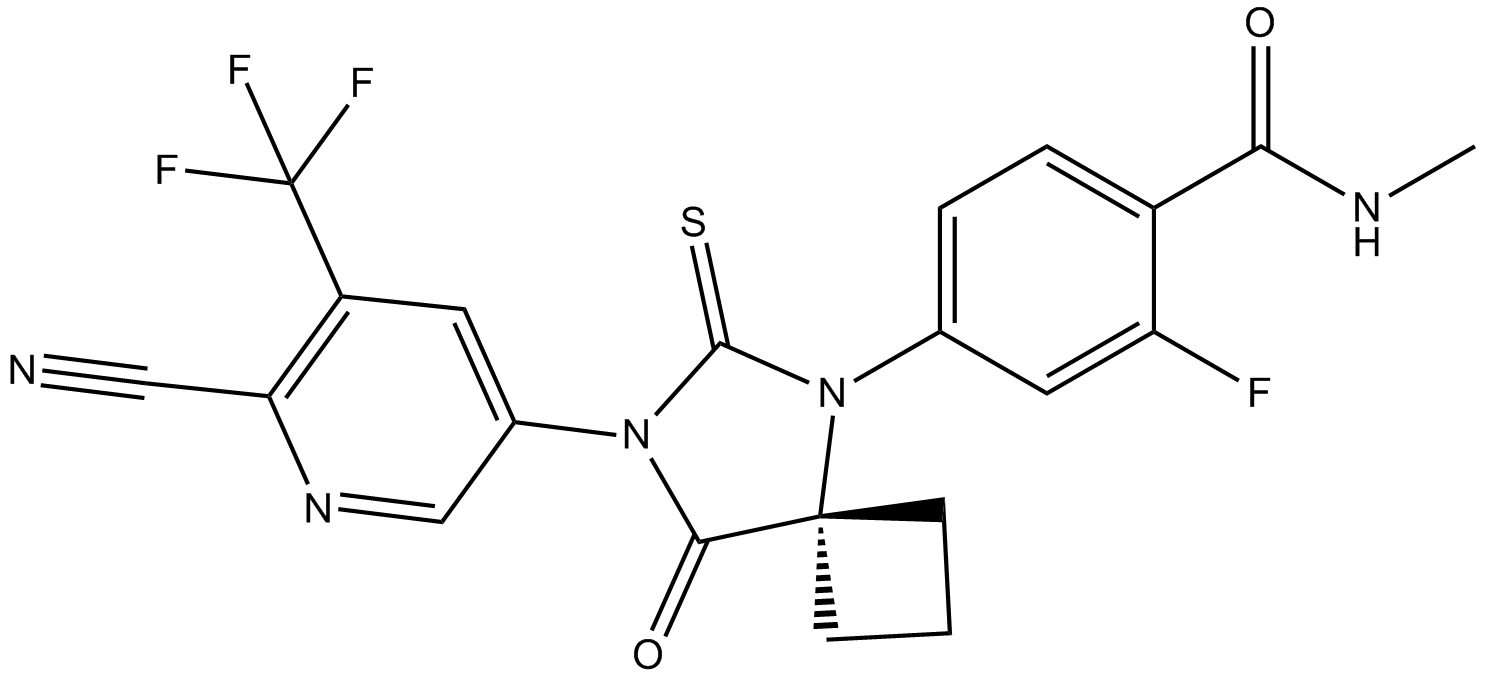
-
GC62118
ARV-110
ARV-110 (ARV-110) is an orally active, specific androgen receptor (AR) PROTAC degrader. ARV-110 promotes ubiquitination and degradation of AR. ARV-110 can be used for the research of prostate cancer.
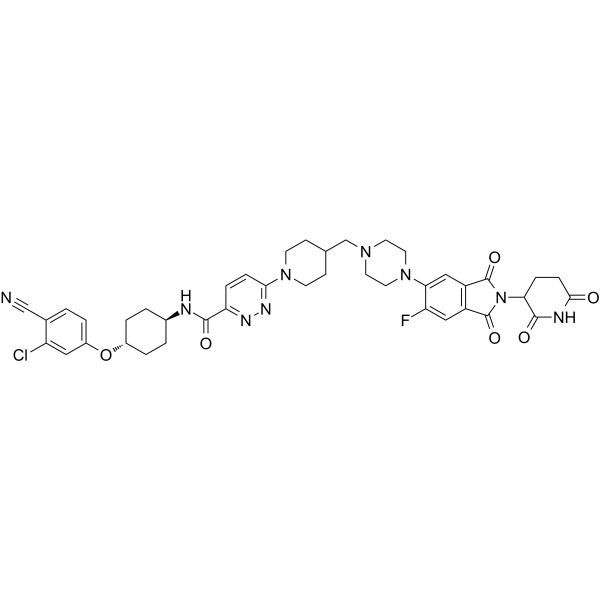
-
GC10547
ASC-J9
A selective enhancer of AR degradation
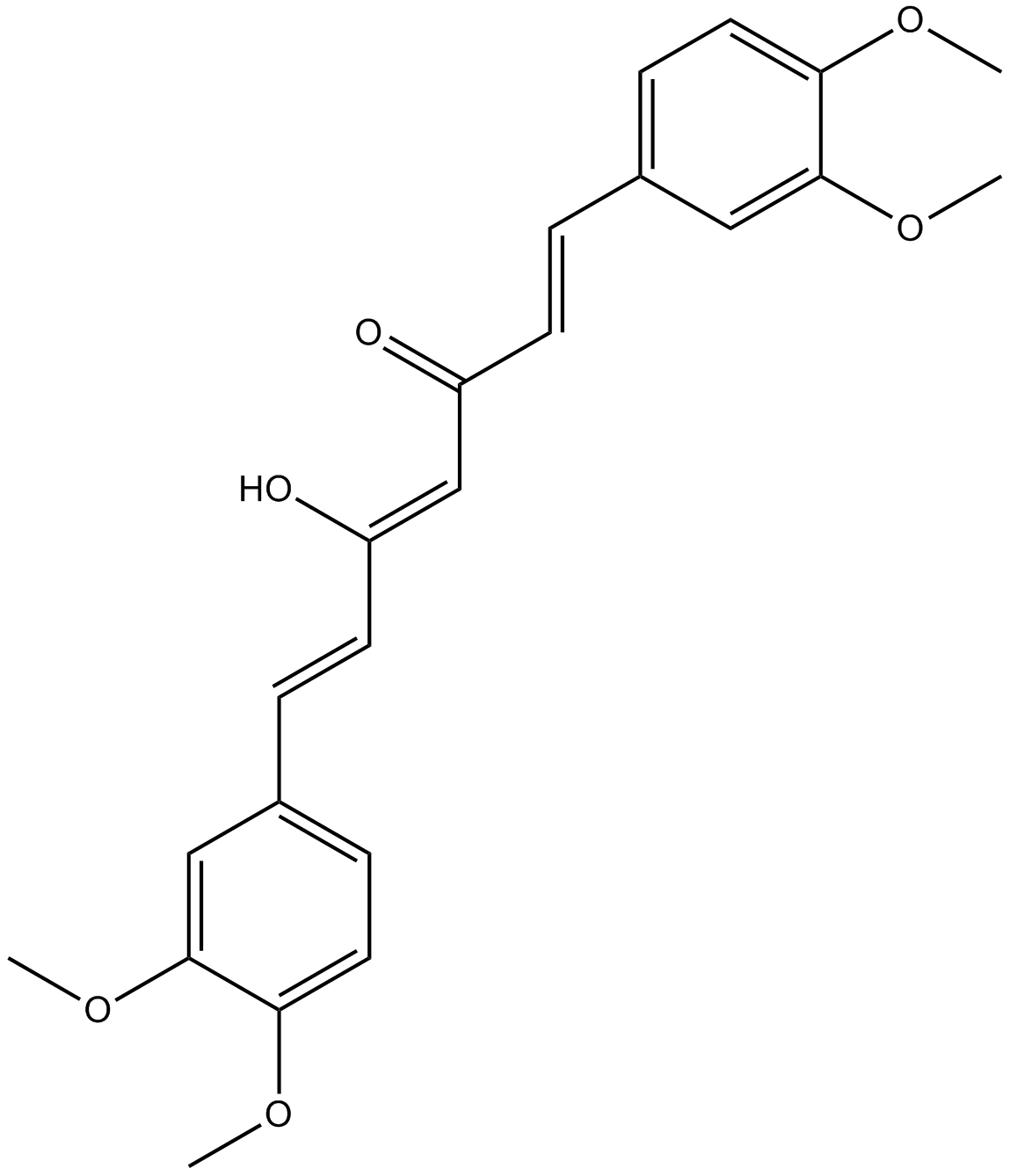
-
GC31762
Asimadoline (EMD-61753)
Asimadoline (EMD-61753) (EMD-61753) is an orally active, selective and peripherally active κ-opioid agonist with IC50s of 5.6 nM (guinea pig) and 1.2 nM (human recombinant).
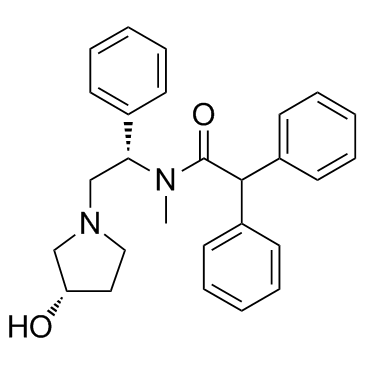
-
GC61397
Asimadoline hydrochloride
Asimadoline (EMD-61753) hydrochloride is an orally active, selective and peripherally active κ-opioid agonist with IC50s of 5.6 nM (guinea pig) and 1.2 nM (human recombinant).
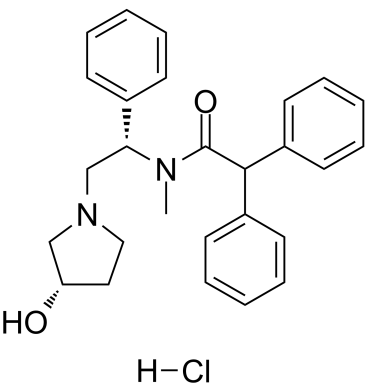
-
GC46892
ATRA-BA Hybrid
A prodrug form of all-trans retinoic acid and butyric acid

-
GC66207
Atraric acid
Atraric acid (Methyl atrarate) is a specific androgen receptor (AR) antagonist with anti-inflammatory and anticancer effects. Atraric acid represses the expression of the endogenous prostate specific antigen gene in both LNCaP and C4-2 cells. Atraric acid can also inhibit the synthesis of NO and cytokine, and suppress the MAPK-NFκB signaling pathway. Atraric acid can be used to research prostate diseases and inflammatory diseases.
